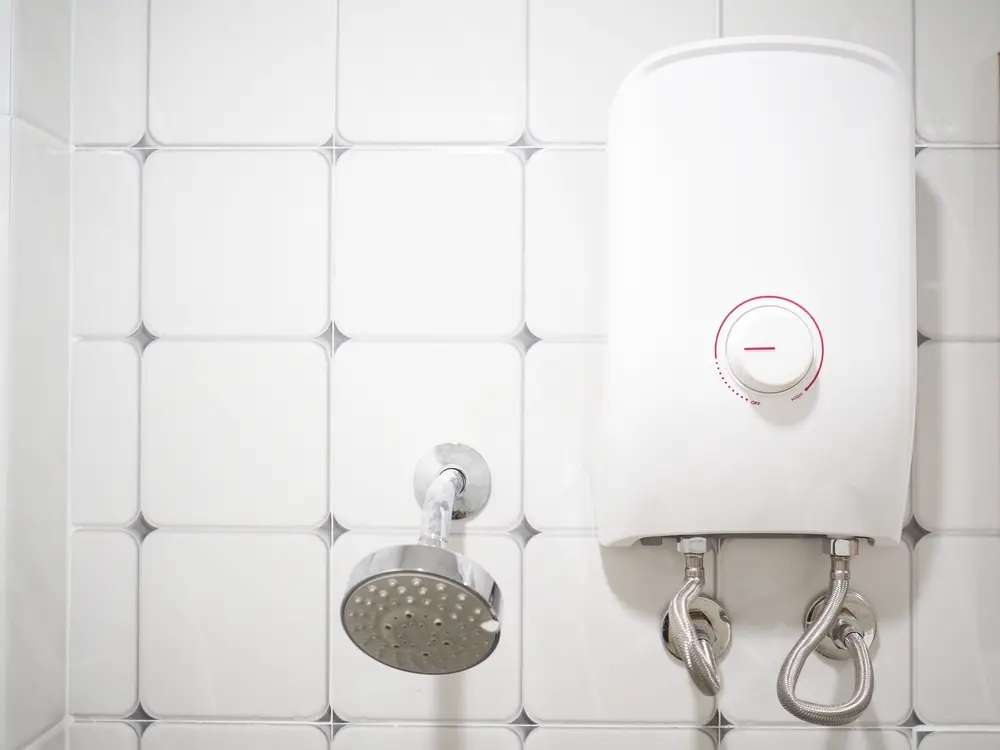
Blog
How to Fight Common Sources of Indoor Air Pollution

Although it's great to get outside on nice spring, summer and fall days, Americans typically spend about 90% of their time indoors where the concentration of contaminants and pollutants are two to five times greater than the air outside.
When you're cooped up inside, natural airflow is limited. For this reason, it's important to ensure that the air quality in your Indianapolis home is at a high level, especially for those who suffer from allergies, asthma or other respiratory illnesses. Even with your HVAC system running, you are still going to be exposed to much of the same air throughout the day.
What this means is that anything inside your home that compromises air quality is going to stay inside and circulate. Poor air quality can cause illness, trigger allergies and asthma or just make it harder to breathe.
To help keep you and your family healthy year-round, here are a few tips for keeping your indoor air quality fresh and clean.
Be Careful with VOC Cleaning Products
VOC (volatile organic compounds) are solid or liquid cleaning products that emit potent chemicals when used. As you can probably guess, chlorine bleach, furniture polish, aerosol sprays, oven cleaners and rug cleaners are all very common household VOCs.
When these kinds of cleaners are used without precaution, the chemicals can linger in the air and can cause headaches, dizziness, nausea and more.
Whenever possible, use VOCs outside to keep them out of your indoor air circulation. If you must use them indoors, make sure you are in a ventilated area, like your bathroom or kitchen, and can push the chemically tainted air outdoors.
Open Windows When Weather Permits
When the weather is nice, turn off your air conditioner or furnace and let in some fresh air. Open windows can help with circulating fresh air throughout your home. Giving your HVAC a little rest can also help with your energy bill.
Just be careful if you suffer from pollen allergies. While this allows for clean air to enter, it also opens the door for pollen and other outdoor allergies to enter, so act accordingly.
Keep a Healthy Humidity
During the warmer months, dust mites and mold thrive in high humidity levels. If left unchecked, these pollutants and contaminants can take hold and taint your indoor breathing air. Dust mites, mold and mildew are extremely common allergies and can trigger allergy and asthma symptoms.
You may not think about humidity during the fall and winter months, but it is just as important. Low humidity levels create dry air, which helps with the spread of viruses such as the cold and flu.
Maintaining a humidity level of 30 to 50% year-round will keep humidity levels in check. Utilizing a dehumidifier in your home during the summer and a whole house humidifier during the winter will keep your humidity levels at a comfortable level.
Regularly Clean, Vacuum, Mop and Dust
Maintaining a clean home is important in keeping air quality high. Dust, dirt, pet dander and other particles can build up and easily be kicked up from regular home activities.
Although dirt, dust and dander aren't dangerous, they can make breathing difficult and result in coughing and sneezing as well as triggering other allergy and asthma symptoms.
Vacuum carpets and furniture, use cleaning supplies without harmful chemicals and dust and mop on a regular schedule to prevent build up.
Install an Air Purifier
For an extra level of protection, Chapman recommends installing a whole house air purifier or UV light air cleaner to your home's HVAC system. These units can catch pollutants and contaminants such as pet dander, tobacco smoke, dust and allergens so they don't re-enter your home's air supply.
It's also important to change your HVAC filter regularly, typically about every three months. Make sure to read your owner's manual to find the right changing interval for your system.
Contact Chapman for Indoor Air Quality Solutions
If you're prepping for fall and winter and want to make sure your air conditioner and furnace are ready to tackle the tumultuous seasons, give Chapman a call, or contact us online for an inspection or to install indoor air quality solutions in your home.









